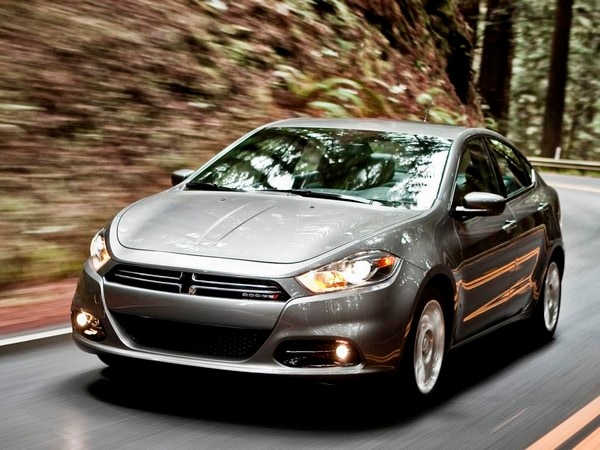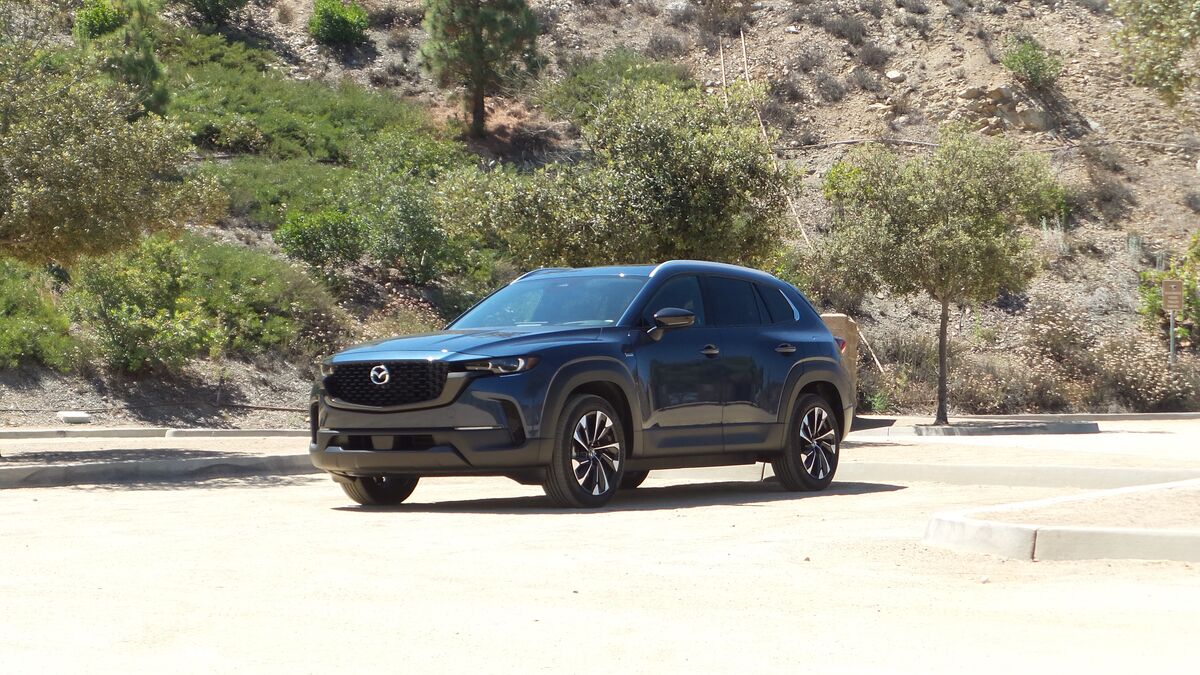Affordability may be the new watchword as the industry worries that higher car prices may have a big impact on their ability to maintain or grow sales at current rates. According to a recent Kelley Blue Book study on the Income Gap in Purchasing Power, real median income has grown only $1,000 to $53,657 from 1990 to 2014. From 1997 to 2014, the average price of a new car has increased by 35 percent, while used vehicles prices have climbed 25 percent.
With wages not growing as fast as car prices, affordability becomes a problem, but one that isn’t readily apparent in an economy that has produced record vehicle sales. While some of the strength of the current market is attributed to meeting pent-up demand that developed during the down years that following the 2008 financial crisis, a closer look at the numbers show that per capita sales are not at record levels. Since 2008, the U.S. adult population over the age of 18 has grown by 38 million, a much larger pool buying vehicles at levels not seen since 2000. The KBB report states “it took essentially 12 adults to sell 1 vehicle in 2000. If we divided the 2015 population by 12, we would have sold nearly 20.5 million new cars as opposed to the 17.5 million actually sold.”
Also: Class of 2017 – New Cars Ready to Roll
An earlier KBB Car Sharing/Ride Sharing study also showed that the top reason respondents gave for not buying a car was affordability (57 percent). Affordability is generally defined as 10 percent or less of monthly gross income and at the current median income would amount to a monthly car payment of $447. With an average transaction price of about $33,000, the average 48-month car payment would be $687 with a 0 percent loan or well over 80-percent higher than the affordability threshold.
Since two-thirds of car buyers say they are more concerned about monthly payments as opposed to the total cost of the transaction, we’ve seen an increase in average loan lengths to where it’s now 68.1 months on average in 2015 and that 75 percent of all auto loans are longer than 60 months. Buyers are also resorting to leasing in greater numbers to keep monthly payments down. Still there is concern that if this buying power continues to erode, monthly car payments could become unattainable for the average buyer. The only things keeping up the sale momentum will be even longer loans, more leasing and greater incentives. This also means that due to these longer terms or the increase in leasing, consumers may never get to a point where they have any equity in their vehicles.

EV/Fuel Cell deals roll out
With low fuel prices, sales of battery-powered and fuel cell vehicles have not been particularly swift. Consumers really don’t have compelling reasons to buy them, other than virtue signaling environmental concerns. On the other hand, manufacturers need to sell them in order to generate the necessary fuel economy and zero-emission vehicle credits they need to stay in business. As a result, in areas that follow California emissions standards that include the ZEV mandate, manufacturers have been primarily creating lease deals which not only offer attractive monthly payments, but also allow customers to take advantages of any tax incentives immediately.
Take the 2016 Toyota Mirai for instance. This hydrogen fuel cell sedan retails for $57,500 but is being offering on an attractive $499 per month lease with $3,649 due at signing. The kicker is that you get free hydrogen fuel fill-ups for the full term of the 36-month lease. Purchasers are being offered a $7,500 rebate, 0-percent financing for 60 months and buyers are also eligible for an $8,000 federal tax credit as well as free fuel for the first three years.
Tesla, which has introduced new entry level trims for its Model S and Model X offering a range of about 200 miles, is extending its lease deals on both through September 30th. The Model S 60 Sedan starts at $667 per month under the program, while the Model X 60D, which has all-wheel drive, begins at $788 per month. The Model S requires $6,362 due at signing while the Model X has an upfront payment of $6,483. Both starting lease rates are predicated on an annual mileage cap of 10,000 miles.
Understanding CPO
New car affordability may be a looming issue, but after six strong years of a new car sales, the used vehicle pool is not only expanding, but also presents an opportunity for buyers having a difficult time stepping up to an all-new vehicle. The emergence of Certified Pre-Owned programs also offer new car franchise dealers a chance to sell used cars that offer buyers peace-of-mind confidence thanks to the detailed inspection and warranties that are part of the certification process. Designed to show that these pre-owned vehicles are in tip-top shape, CPO units typically sell at a premium over non-CPO models as well as those sold by private parties.
However, according to a recently study by the National Automobile Dealers Association, these CPO programs have yet to resonate with the public. Only 50 percent of the 18-to 34-year olds said they were slightly or not at all familiar with CPO programs, a number that dropped to 40 to 44 percent of those in the 35- to 75-year plus brackets. Men were more aware of CPO programs, with 62 percent saying that they were somewhat to extremely aware of them. Nearly 60 percent of the women surveyed said they had little or no knowledge of the programs.
NADA Guides estimates the 68 percent of the premiums paid for CPO cars range between $800 and $1,800. Once informed of the programs, 39-percent said they were willing to pay up to $1,000 more for a CPO vehicle, while 31 percent said they wouldn’t pay a premium. Another 31 percent would be willing to pay within $1,000 to $2,000 more.
Larry Dixon, senior manager of market intelligence for NADA Used Car Guide said the study shows “an opportunity to educate consumers on the benefits of CPO vehicle ownership and why it may be worth paying more over a non-certified used vehicle.”

More sedans get the ax
The shift to crossover SUVs and trucks is killing traditional sedans. Following on the announcement that the short 2017 model run this fall for the Buick Verano will be its last, comes word that Fiat Chrysler Automotive will be shutting down the plants for its Dodge Dart and Chrysler 200 to retool them for the Jeep Cherokee at the former’s Belvidere, Illinois, facility and upcoming 2018 Ram pickups at the latter’s Sterling Heights, Michigan, site. While FCA has been looking for another automotive partner to either produce the cars or partner on replacements for them, barring some last minute deal, it appears that both the Dart and 200 will end their runs sometime during the 2017 calendar year.
Currently, FCA is offering rebates of up to $3,500 on 2016 Dodge Dart models and up to $3,000 on the 2016 Chrysler 200. The 2017 Buick Verano is eligible for 3.9 to 6.9 percent financing, while the 2016 models carry rebates of up to $750.
The rundown
Audi is set to launch an all-new 2017 Allroad this fall. This versatile, go anywhere take on a station wagon is based on the recently redesigned Audi A4.
Single-cab pickups are the epitome of the everyday work truck, a large market that Nissan is not about to ignore. The company has released images of its new single cab 2017 Nissan Titan and Titan XD.
Summer is a good time for road trips, so check out our run to Whistler in Canada in our Certified Pre-Owned 2015 Lexus RX 350 here.
In the market for a new car? Explore these useful tips on how to get the best deal:
Kelley Blue Books Complete Guide to Incentives
All you need to know about leasing
Which dealer services are right for you?
What to look for in your next economy car







